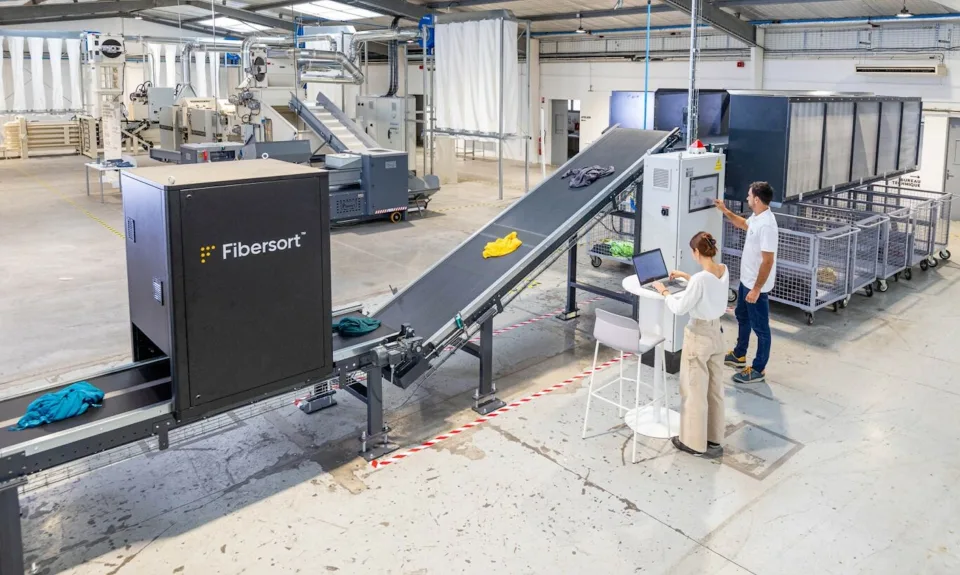
Revolutionizing Textile Recycling in the Fashion Industry
In an age where sustainability is more than a buzzword, the fashion industry is turning to cutting-edge technology to solve its waste problem. Innovative robots are now at the forefront of this revolution, offering a glimpse into a future where textile recycling is not just possible, but efficient and scalable.
Understanding the Waste Challenge
The numbers are staggering: millions of tons of textiles end up in landfills every year, contributing to environmental degradation. The fast-paced nature of the fashion industry, driven by consumer demand for the latest trends, exacerbates this issue. However, emerging technologies are paving the way for a sustainable transformation.
The Role of Robots in Textile Recycling
Robots equipped with sophisticated sensors and AI are able to sort and process textile waste like never before. These machines can distinguish between fabrics and colors, and even remove embellishments such as buttons and zippers, which are traditionally challenging for recycling processes. This level of precision is vital for creating high-quality recycled materials that can re-enter the fashion supply chain.
Impacting the Triple Bottom Line
By improving the efficiency of textile recycling, robots are not just offering environmental benefits. They also positively impact the economic and social aspects of the industry. The adoption of such technology reduces costs associated with waste management and promotes job creation in the recycling sector. Furthermore, it supports the industry’s shift towards circular fashion — a model that emphasizes reusing and recycling materials to minimize waste.
Challenges and the Road Ahead
Despite the promise of robotic recycling, the industry faces challenges in terms of infrastructure and scalability. The high cost of technology and the need for specialized facilities are barriers to widespread adoption. Nonetheless, as more brands and consumers prioritize sustainability, the demand for advanced recycling methods will likely increase, driving further innovation and investment in this space.
In conclusion, the integration of robots into textile recycling processes holds great potential for the fashion industry. As brands seek to reduce their environmental footprint, these technological advancements could become a cornerstone of sustainable fashion practices. The journey to a waste-free fashion world is long, but with robots in the mix, it’s a future that’s becoming more attainable than ever.


